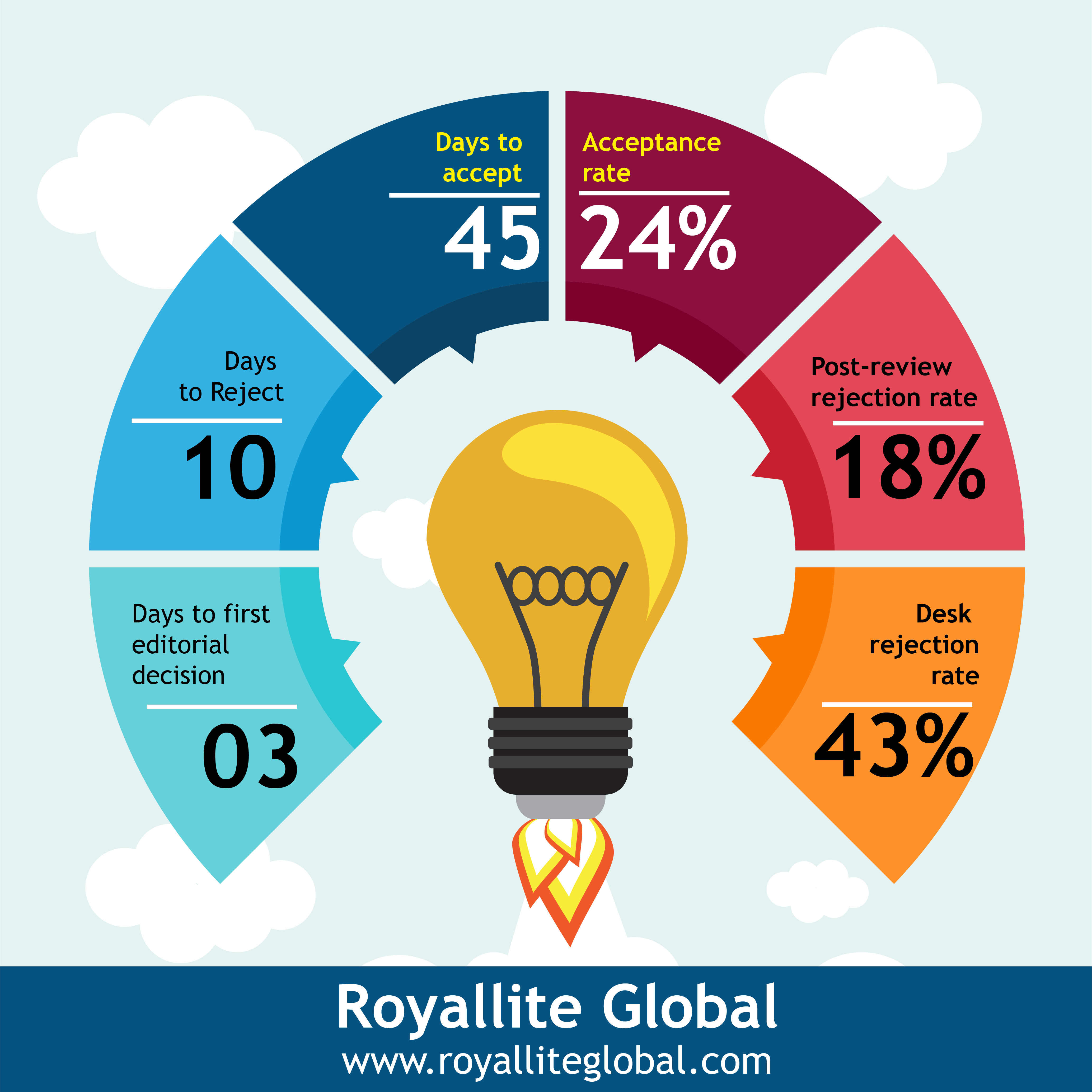Co-occurrence of valence increasing processes in Lutsotso
Keywords:
applicative, causative, instrumental, lutsotso, verbAbstract
Lutsotso has valence increasing operations like the applicative, causative and instrumental. It is possible to have argument changing processes co-occurring or combining on the verb. This paper discusses the effects of co-occurrences of several derivational affixes, the constraints that determine their order and their syntactic and semantic implication on the basic SVO sentence structure of Lutsotso. The mirror principle which states that ‘morphological derivations must directly reflect syntactic derivations and vice versa is applied. This principle shows that there is a certain order in which morphemes co-occur in a given derived verb. Data was collected through informal interviews, participant and non-participant observation, translation tests and texts written in Lutsotso. The study established that the Lutsotso verb consists of different morphemes expressing different grammatical meanings and that the derivational morphemes modify the syntactic and semantic structure of the sentence of Lutsotso. Further, the study also established that the valence increasing operations of the applicative, causative and instrumental affect the internal argument and can co-occur in a given derived verb. Additionally, this study will contribute to knowledge by revealing the richness and internal complexity of Lutsotso language. Correspondingly, a good description of the valence changing morphology of Lutsotso will provide useful insight into syntactic theory.
References
Appleby, L. L. (1961). First Luhya grammar with exercises. Nairobi: The East African Literature Bureau.
Baker, M.C. (1988). Incorporation: A theory of grammatical function changing. Chicago: The University of Chicago Press.
Chomsky, N. (1993). The minimalist program for linguistic theory. (In occasional Paper in linguistic in Hale K and Keysor S.) (Eds). The view from building 20: Essay in linguistic in honor of Sylvain bromberger page 57Cambridge: Massachusetts Institute of Technology Press.
Chomsky, N. (1995). The minimalist program. Cambridge: Massachusetts Institute of Technology Press.
Creswell, J.W. (1988). Qualitative inquiry and research design: choosing among fire traditions. Thousand Oaks, CA: Sage.
Geoffrey, L. and Svartvik, J. (1975). A communicative grammar of English. London: Longman Group UK Ltd.
Kwamboka, Z. (2007). The morpho-syntactic analysis of Ekegusii verb derivations in minimalist program. Unpublished M.A Thesis, Nairobi. University
Matthews, P. H. (1997). Oxford concise dictionary of linguistics. New York: Oxford University Press.
Mchombo, S. (1993). Reflexive and reciprocal in Chichewa. In Sam Mchombo (Ed) Theoretical Aspects of Bantu Grammar 1. Stanford: Center for the Study of Language and Information, 181-208.
Mchombo, S. (2004). The syntax of Chichewa. Cambridge: Cambridge University Press.
Miller, G. (1993). Complex verb formation. Amsterdam: John Benjamins.
Milroy, L. (1987). Observing and analyzing natural language. New York: Blackwell Publishers Inc.
Odera, H., Barasa, D. & Atichi, A. Inflectional Forms of Tense and Aspect in Lutsotso, International Journal of Linguistics, Literature and Translation. 4(1), 17-28.
Odhiambo, A. (1977). A History of East Africa. London: Longman Group Ltd.
Osogo, J. (1965). History of the Abaluyia. Nairobi: Oxford University Press.
Payne, P. (1997). Describing morphosyntax. Cambridge: Cambridge University Press.
Polome, E. (1967). Swahili Language handbook. University of Michigan. Center for Applied Linguistics.
Quirk, R. (1972). What is standard language? Language in education. London: Routledge and Kegan Paul.
Quirk, R. (1985). A comprehensive grammar of the English language. New York: Longman.
Downloads
Published
Issue
Section
License
Copyright (c) 2021 Evaline Osore, Hellen Odera

This work is licensed under a Creative Commons Attribution-NonCommercial-ShareAlike 4.0 International License.
This open-access article is distributed under a Creative Commons Attribution (CC-BY) 4.0 license.
You are free to: Share — copy and redistribute the material in any medium or format. Adapt — remix, transform, and build upon the material for any purpose, even commercially. The licensor cannot revoke these freedoms as long as you follow the license terms.
Under the following terms: Attribution — You must give appropriate credit, provide a link to the license, and indicate if changes were made. You may do so in any reasonable manner, but not in any way that suggests the licensor endorses you or your use.
No additional restrictions You may not apply legal terms or technological measures that legally restrict others from doing anything the license permits.






